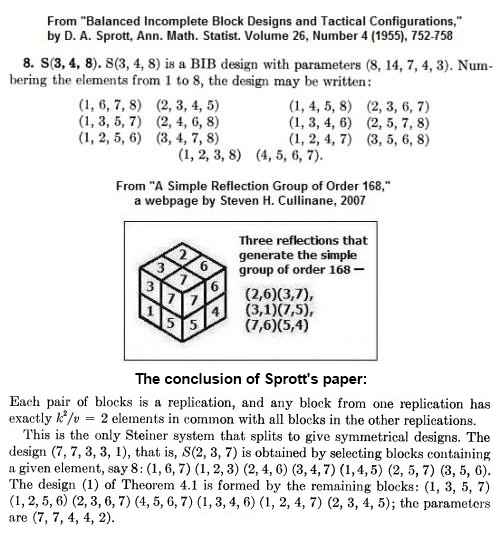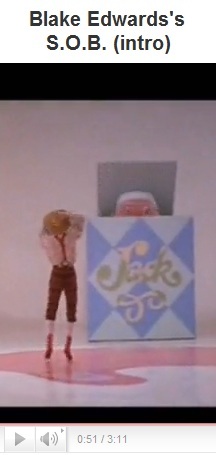The Fano Plane —

"A balanced incomplete block design , or BIBD
with parameters b , v , r , k , and λ is an arrangement
of b blocks, taken from a set of v objects (known
for historical reasons as varieties ), such that every
variety appears in exactly r blocks, every block
contains exactly k varieties, and every pair of
varieties appears together in exactly λ blocks.
Such an arrangement is also called a
(b , v , r , k , λ ) design. Thus, (7, 3, 1) [the Fano plane]
is a (7, 7, 3, 3, 1) design."
— Ezra Brown, "The Many Names of (7, 3, 1),"
Mathematics Magazine , Vol. 75, No. 2, April 2002
W. Cherowitzo uses the notation (v, b, r, k, λ) instead of
Brown's (b , v , r , k , λ ). Cherowitzo has described,
without mentioning its close connection with the
Fano-plane design, the following —
"the (8,14,7,4,3)-design on the set
X = {1,2,3,4,5,6,7,8} with blocks:
{1,3,7,8} {1,2,4,8} {2,3,5,8} {3,4,6,8} {4,5,7,8}
{1,5,6,8} {2,6,7,8} {1,2,3,6} {1,2,5,7} {1,3,4,5}
{1,4,6,7} {2,3,4,7} {2,4,5,6} {3,5,6,7}."
We can arrange these 14 blocks in complementary pairs:
{1,2,3,6} {4,5,7,8}
{1,2,4,8} {3,5,6,7}
{1,2,5,7} {3,4,6,8}
{1,3,4,5} {2,6,7,8}
{1,3,7,8} {2,4,5,6}
{1,4,6,7} {2,3,5,8}
{1,5,6,8} {2,3,4,7}.
These pairs correspond to the seven natural slicings
of the following eightfold cube —

Another representation of these seven natural slicings —

These seven slicings represent the seven
planes through the origin in the vector
3-space over the two-element field GF(2).
In a standard construction, these seven
planes provide one way of defining the
seven projective lines of the Fano plane.
A more colorful illustration —









.gif)








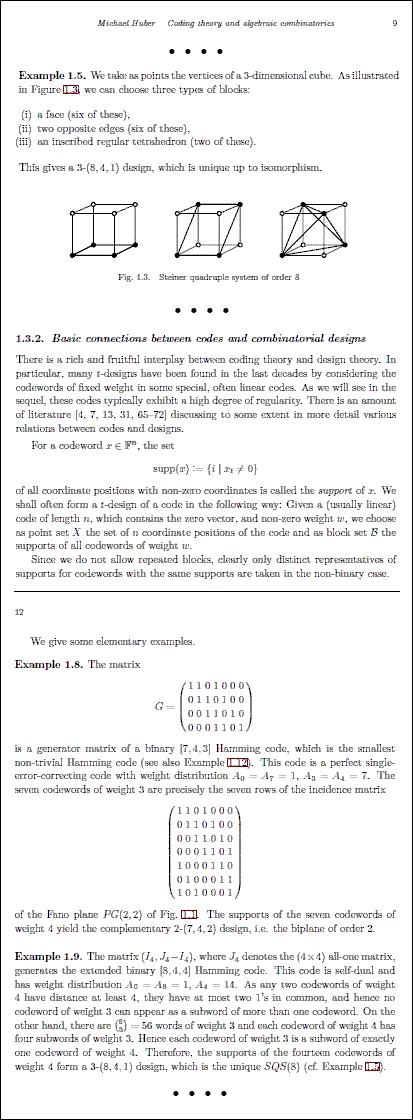






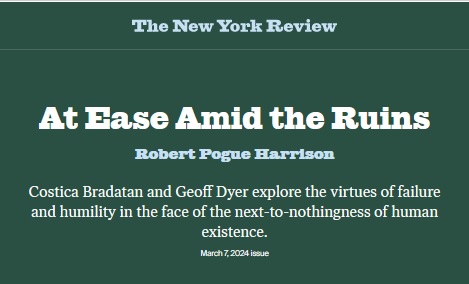



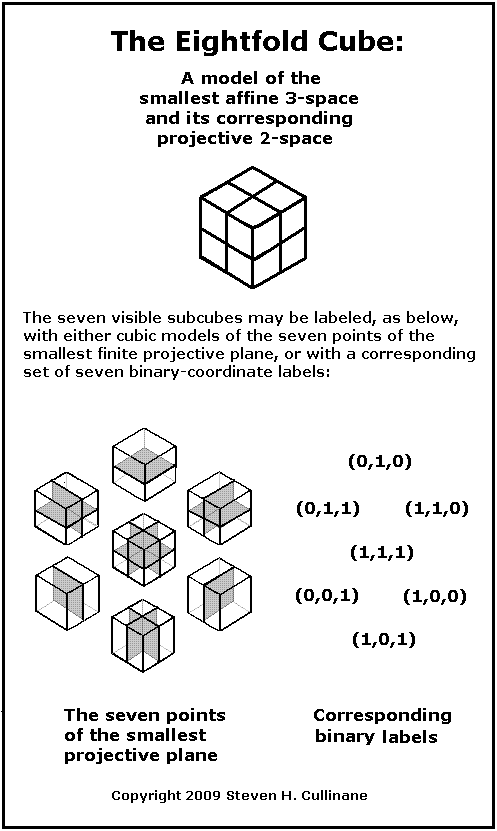









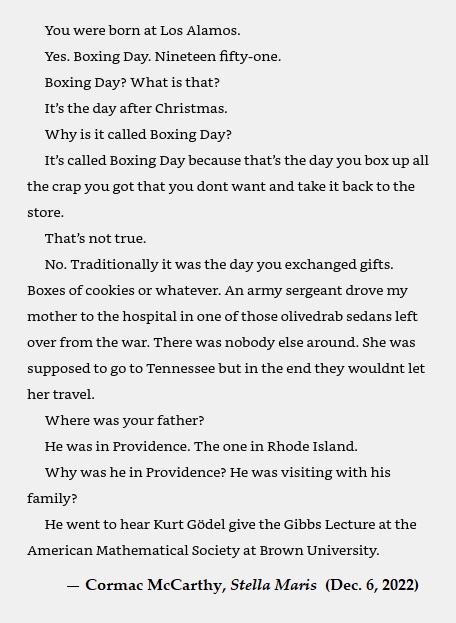






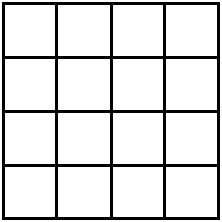
















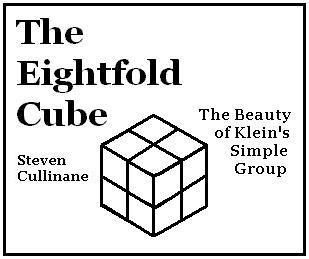












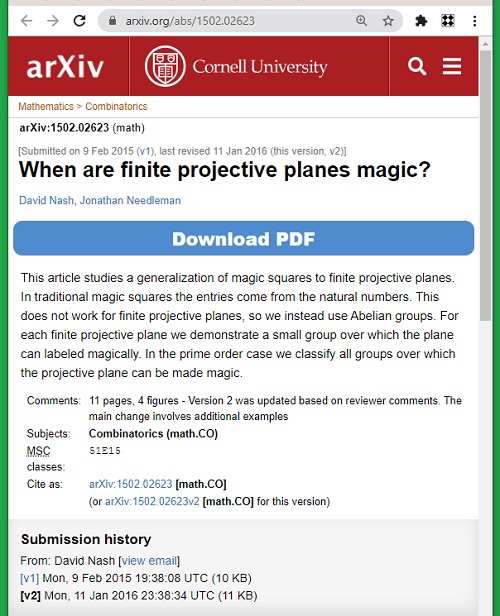

















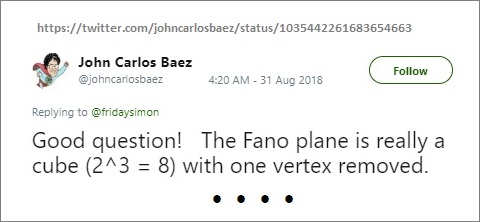
































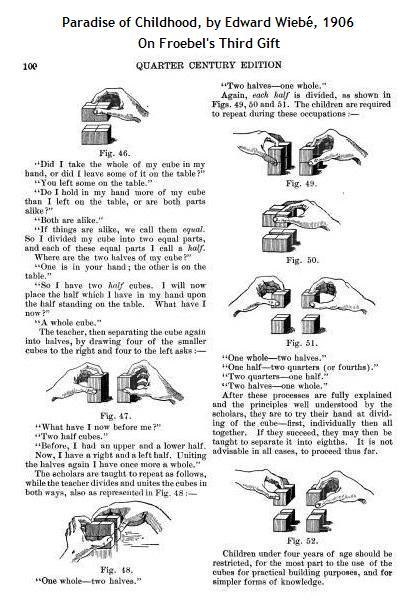















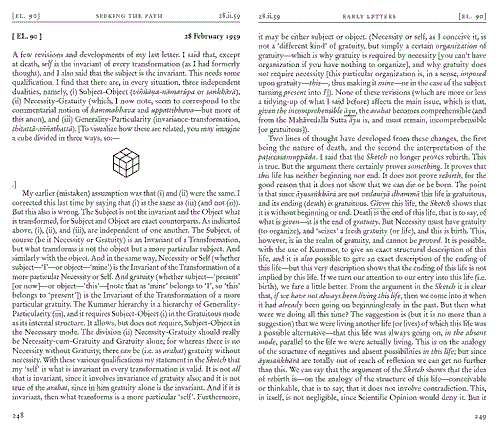









































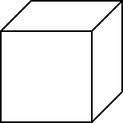



 .
.







